MARCELO QUINTANIHA & VANIA ABREU / “Felicidade”
Triste. Sadness. Felicidade. Happiness. One is forever. One ends. I don’t need to tell you which one is which.
We’ve been down this road before but there is always so much more to discover, particularly when we look with different eyes, hear with a native’s ear.
When we were here last, we ran down the source code. (My daughter Kiini, who has lived in Brazil, even commented with a rough translation of the lyrics.) Go here to read our previous “Felicidade” post.
What we share now are ten other versions. All of them Brazilian. Each different from the other, sometimes radically so. The last time, we featured Suba’s version with Cibelle on vocals. This time we open and close with versions from the Suba Tributo album that showcased different groups remixing Suba's “Felicidade.”
The first cut is rhythm heavy but in a discombobulated fashion that contrasts sharply with the vocal overlay. This is the most modern offering, particularly in its cut-up approach to the rhythm.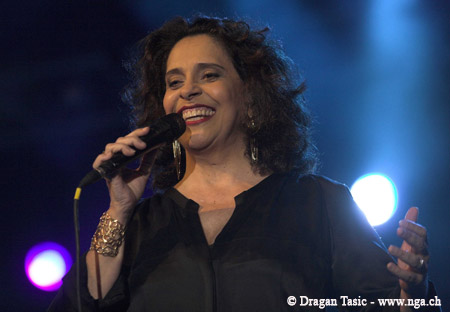
Gal Costa is a Brazillian diva whose work includes major jazz influences. I particularly like her arrangement which is at once traditional in that it is samba based but radical in that she uses strings and electronics to enhance the samba groove. I also enjoy how she uses the audience as a chorus to augment her back up singers. Gal’s voice is heavier than what is normally associated with bossa nova singers but not heavier than a traditional sambaista. Gal manages to make the song simultaneously light and heavy, happy and sad. Beautiful.

Martinho Da Vila is one of the samba masters as both a vocalist and a composer. Martinho’s version starts off very pop-ish, almost like he’s doing a Nat King Cole take. But then my man’s voice rides in and you can immediately hear the street element, the African element, the masculine, and the songs takes on a different tone. The backing chorus remains whitebread but Martinho is barbeque ribs.
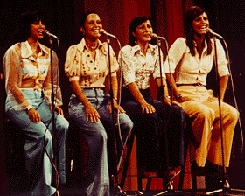
MPB (Brazilian Popular Music) is diverse and includes all kinds of currents, one of which is vocal groups. Quarteto Em Cy, a female group, is one of the best known and most popular. There's is a straight up pop sound, but pop in a Brazilian way. In this case it means samba lite, more emphasis on the melody than on the percussion, but the whooping cuica (the drum that produces a high pitched sliding tone that sounds like an animal) is prominent in the mix.

Quarteto Jobim-Morelenbaum is composed of Antonio Carlos Jobim's son, guitarist/vocalist Paulo Jobim, and his grandson, pianist/vocalist Daniel Jobim, along with cellist Jacques Morelenbaum and his wife, vocalist Paula Morelenbaum. Here they give us a full on bossa nova take characterized by the light, airy, floating feel that is the hallmark of the new beat school of samba. Whereas Gal is a jazz nightclub, Martinho a stage show, and Em Cy radio fare, this is what you might find in a café.
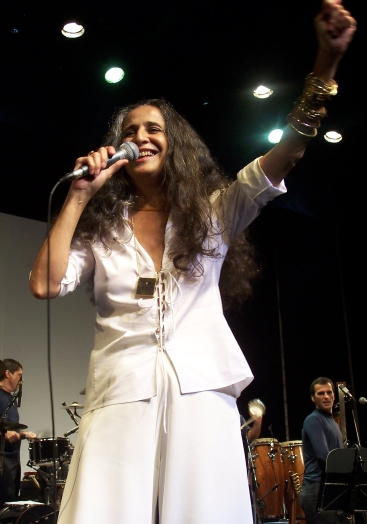
Maria Bethania is from Bahia and you can hear how her version is on a different vibe from all the preceeding versions. The strings notwithstanding this has a heft that comes from intimate contact with tons of triste and even though the percussion is very, very light, the rhythm is nevertheless pronounced. It pulses insistently. I’ve always loved the huskiness of Bethania’s vocal tone and timbre.
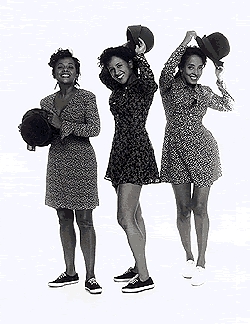
Trio Esperanca is a sister group offering a sublime blend of a capella harmonies and big band influenced arrangement. Those hesitations and little diminuendos and crescendos they do without a rhythm instruments to keep time is both precisely on the one and simultaneously free flowing.
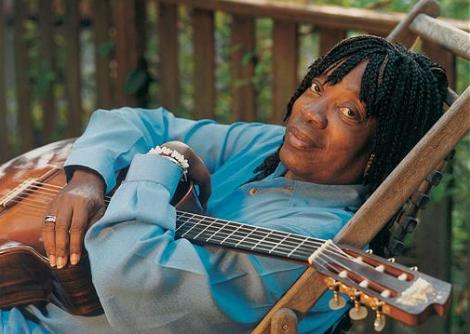
Milton Nascimento strips the song down to its most elemental form: one voice, one guitar. I’m not sure whether it is Nascimento himself playing guitar, but it’s a plaintive, melodic moan replete with the feeling of singing one’s blues away, which in the Brazilian context means saudade. Who better to do it than Nascimento?
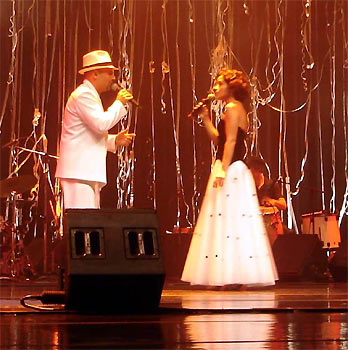
Marcelo Quintanilha & Vania Abreu offer a modern interpretation that successfully hightens the contrasting elements. The floating bossa nova tethered by sinister, almost ghostly, organ chords and quasi-dissonant piano plucking. The rhythm section is totally on it: the bass syncopated and the drummer keeping time with brushes and an unerring sock cymbal. It’s a very sad version beautifully rendered.
The closing remix has house elements but also a traditional battery of samba percussion plus electronic touches. A walk through the kaleidoscope of Carnival night in Rio, different groups coming and going, and a lone voice wafting softly through the dark. A ribbon of sound. A glitter of aural confetti. Sadness. Happiness.
—Kalamu ya Salaam
Sadness is mixed in directly with happiness
"A Felicidade." What a beautiful little song. It's a tune that really communicates that simultaneous bitter and sweet feeling of saudade. If I had to pick one version to take with me to a desert island, it'd probably be the version from Black Orpheus. (It's not in this week's jukebox. I think Kalamu posted it last time though.) There's something about that mournful little tune playing while a carnival bangs along in the background that brings up a some added piognancy.
We've probably all had the experience of fighting with a lover in a beautiful place. Or of hearing a wonderful and moving eulogy. Or of walking alone, and feeling lonely, and then coming across a little scene of great beauty. In other words, we've all had times when the sadness is mixed directly in with happiness. For me, "A Felicidade" is the soundtrack.
As for these particular versions, let's see.... I've always been partial to Paula Morlenbaum and Co.'s work. At first glance, they might seem to be neo-traditionalists, but they actually have an subtly avante-garde approach. Right at the beginning of their version, their's a cello and then a piano. Then a male vocalist begins. Right on his heels, Paula breaks in, re-starting the melody. Then the male voice joins back in, and soon he takes over the tune completely. It's an unusual way to arrange the introduction of a song, but it's quietly unusual. If you aren't paying attention, you could easily miss everything that happens in those brief moments.
On a completely different vibe, I like both Suba remixes, but especially the slower one. I think that's Cibelle singing (but I don't have my CD on hand, so I'm not sure); I like virtuallly everything she does. I enjoy the way Suba uses tiny elements of the original composition to create a mix that doesn't sound much at all like bossa nova or samba. And of course, these are both remixes of Suba's actual cover of "Felicidade." That one is probably better than either remix and is available on Suba's one and only full-length album, Sao Paolo Confessions. I kind recommend that album highly enough.
I'd also like to add one version. I know ten versions is probably enough, but I gotta throw in Astrud Gilberto, a singer whose voice embodies the character of saudade more than any other singer I've heard.
Oh, and before I go, the Marcelo Quintanilha & Vânia Abreu version is fantastic. Throw that one in a quiet storm mix and watch the eyebrows go up.
—Mtume ya Salaam
This entry was posted on Sunday, August 26th, 2007 at 12:12 am and is filed under Cover. You can follow any responses to this entry through the RSS 2.0 feed. You can leave a response, or trackback from your own site.
Leave a Reply
| top |